
Email : info@gghospital.in | Phone : +91 99622 29940
CRYOFREEZING
Home » CRYOFREEZING
Cryopreservation is the process of preserving sperms, excess embryos, blastocysts and more recently oocytes in a frozen state for future retrieval and usage. It requires sophisticated, expensive and computerized equipments for the procedure and liquid nitrogen jars for storage. It also requires special media formulated for freezing technique.
The excess oocytes, embryos and sperms are initially exposed to cryoprotective agents in order to dehydrate them, followed by loading into straws, slow cooling and finally plunging into a temperature of – 196°c in liquid nitrogen where it can be preserved indefinitely (ideally a clinic is allowed to store for a period of 5 years before it can decide the next best approach)
Cryopreservation is very useful for those patients who have hyperstimulation syndrome and have excess oocytes or embryos requiring storage for future use. It is also used for the male partner to freeze semen samples ahead of the procedures giving them flexibility where jobs are concerned. We also freeze ahead of procedures in those whom a collection problem is anticipated or for using pooled samples in case of male factor. At our centre we mostly freeze embryos in the pronuclear stage.
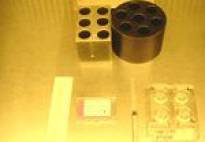
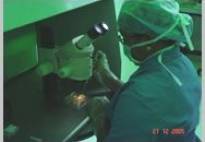

The most important criterion in cryopreservation is that the cell must maintain the structural integrity throughout the cryopreservation procedure. The whole aim is to reduce damage caused by intra–cellular ice formation. This can be achieved by dehydrating the cell before or during cooling procedure, failing which the large intra-cellular crystals can damage the cells.
Protocol involves media containing the higher concentration of cryoprotectants and has a relatively much shorter freezing time. It is said to be beneficial especially for freezing oocytes. Please see our research link.
Involves seeding where the cryopreservation straw is manually touched by a cold forceps dipped in liquid nitrogen further away from the embryo to initiate ice formation which gradually spreads to the rest of the solution containing the embryos. This prevents the damage to the embryos. This process utilizes the lesser concentration of cryoprotectants and is of longer duration.
During this procedure, the frozen sperm/oocytes/embryos/blastocysts are thawed to room temperature, observed for further development and then transferred into the patient’s uterus either in a natural cycle or following hormone replacement. At the time of embryo replacement, the straws are removed from the liquid nitrogen and placed in a water bath at room temperature before re-hydrating with special media. At the end of re-hydration, the embryos are cultured in media within the carbon dioxide incubators and allowed to develop further either to day 2 or blastocyst prior to transfer.
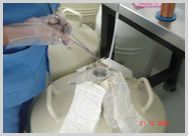
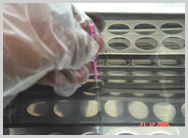
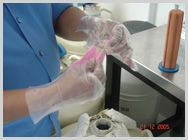
Fix your Appointment date
